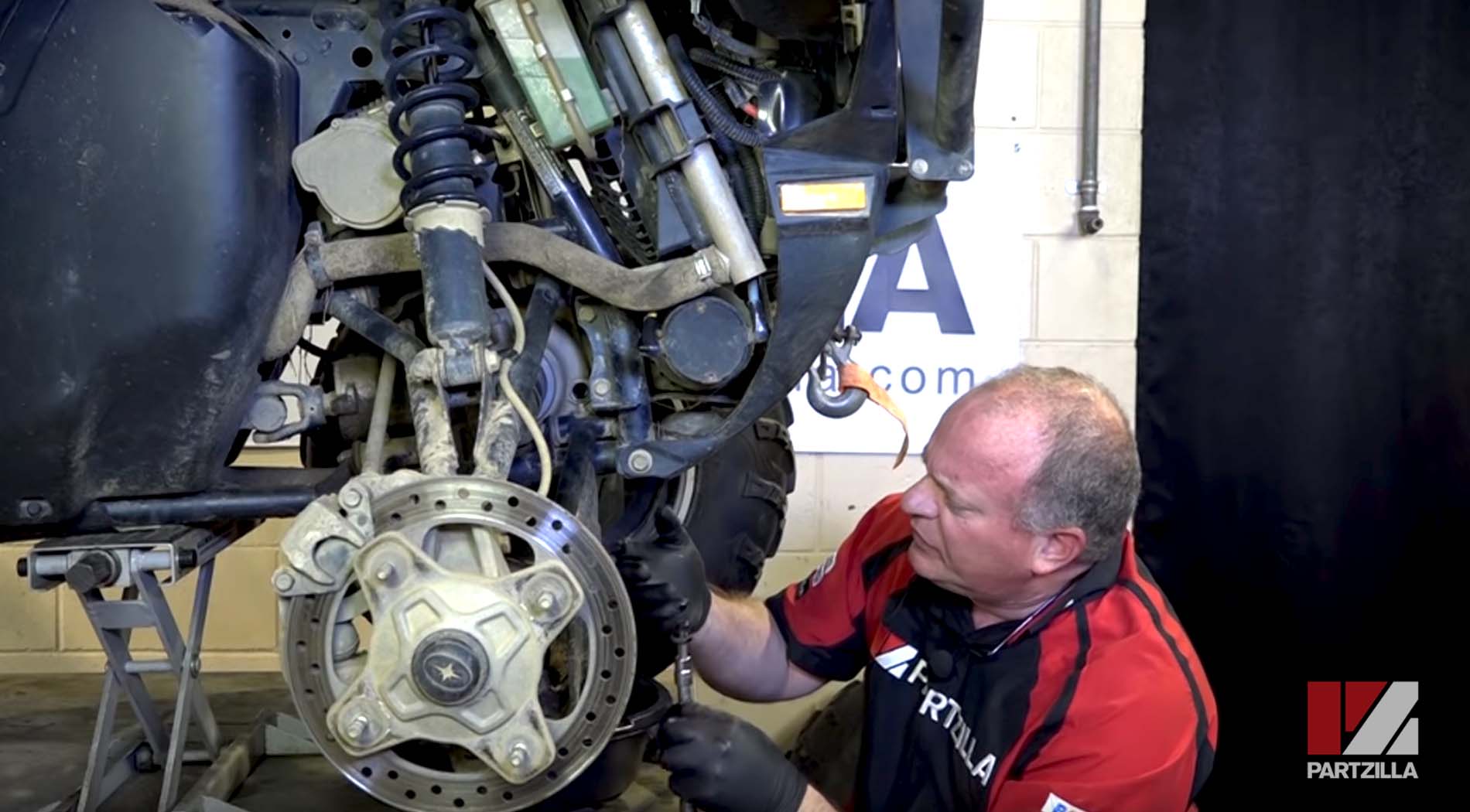ATV Happiness: Discover the Ultimate Off-Roading Experience
ATV Happiness: Discover the Ultimate Off-Roading Experience
Blog Article
ATV Riding Techniques: Understanding the Art of Off-Roading

Body Positioning
To successfully navigate with challenging off-road surface, it is crucial for ATV riders to consistently preserve correct body positioning. Keeping the appropriate body placement while riding an ATV not only boosts control and stability yet also makes sure the rider's safety and security. By embracing the proper body positioning methods, cyclists can efficiently disperse their weight, enhance their equilibrium, and minimize the threat of mishaps or injuries.
Positioning the feet on the foot secures enables the biker to preserve security and control over the ATV. The rider's knees should be slightly curved, giving a minor suspension to take in shocks and preserve equilibrium.
In addition, the motorcyclist's eyes must constantly be concentrated ahead, scanning the terrain and preparing for any kind of challenges or modifications in the path. By maintaining an onward stare, motorcyclists can make split-second decisions and react appropriately to testing surface.
Throttle Control
Building upon the importance of correct body positioning for ATV riders, understanding throttle control is a critical ability that enables cyclists to successfully maneuver through different off-road terrains. Strangle control refers to the capacity to regulate the quantity of power delivered to the ATV's engine. By recognizing exactly how to adjust the throttle, riders can ensure a smooth and regulated velocity, allowing them to browse obstacles with precision.
Among the fundamental facets of throttle control is learning to regulate the throttle smoothly. Sudden or jerky activities can trigger the ATV to shed traction or end up being unstable, making it tough to preserve control. Instead, motorcyclists should aim for gradual and intentional throttle inputs, especially when traversing tough terrains. This strategy enables the ATV to maintain a consistent rate and provides much better traction, decreasing the danger of crashes.
In enhancement to smooth modulation, riders should likewise discover just how to balance the throttle with other riding techniques, such as body positioning and braking. For instance, when climbing steep hillsides, cyclists require to use enough throttle to maintain momentum without triggering or subduing the atv wheel spin. Similarly, when coming down high inclines, bikers need to use the throttle in combination with correct body stopping and positioning to preserve control and stop the ATV from moving or tipping over.

Braking Methods
An important aspect of ATV riding methods is understanding effective braking methods. Knowing exactly how to brake appropriately can make a significant difference in your safety and control over the car when it comes to off-roading. One of the most vital stopping techniques is using the front brake greater than the rear brake. The front brake offers most of the stopping power, so it is crucial to utilize it judiciously. It is important to remember that harsh braking with just the front brake can cause the ATV to pitch forward, potentially leading to loss of control or even turning over. Therefore, it is advised to use both brakes at the same time, yet with even more pressure on the front brake. Another important strategy is to stay clear of locking the wheels while braking. Locking the wheels can result in skidding, making it difficult to keep control. To stop this, squeeze the brake bars progressively and launch them slightly if you really feel the wheels locking. By mastering these stopping strategies, you can improve your ATV riding skills and make certain a enjoyable and safe off-roading experience.
Cornering Techniques
One vital element of understanding ATV riding techniques is understanding efficient cornering techniques. Catching on an ATV can be tough, but with the appropriate techniques, motorcyclists can browse turns safely and efficiently. The trick to successful cornering is to maintain control of the ATV while optimizing traction and Continue lessening the threat of tipping over.
To carry out a correct cornering strategy, bikers must come close to the turn at a suitable rate, guaranteeing they are not going too rapid or too sluggish. It is critical to change the body weight towards the within the turn, leaning into it to maintain equilibrium and stability. This assists for the centrifugal force and maintains the ATV upright.
Furthermore, motorcyclists need to maintain their eyes concentrated on the exit point of the turn instead than the immediate path ahead (ATV). This permits smoother and much more exact guiding, as it helps the motorcyclist expect any kind of barriers or adjustments in surface
Moreover, proper throttle control plays a significant function in cornering. Bikers should modulate the throttle smoothly, avoiding unexpected velocities or slowdowns, which can trigger loss of control.
Uphill and Downhill Riding
When navigating off-road surface, ATV bikers need to master the methods for uphill and downhill riding to keep control and guarantee security. Downhill riding, on the other hand, needs cyclists to lean back and shift their weight in the direction of the back of the ATV. By mastering the methods for uphill and downhill riding, ATV motorcyclists can with confidence tackle different off-road surfaces and appreciate a exhilarating More Help and risk-free experience.
Verdict
Finally, mastering the art of ATV riding needs a mix of body positioning, throttle control, stopping strategies, and effective cornering. Uphill and downhill riding also require particular abilities to browse securely. By implementing these techniques, bikers can improve their off-roading experience and enhance their general control and safety and security on the ATV.
ATV Riding Techniques: Understanding the Art of Off-Roading is an extensive guide that delves into the complexities of mastering the skills needed for off-road ATV riding. Whether you are a novice or like this a knowledgeable motorcyclist, ATV Riding Techniques: Grasping the Art of Off-Roading uses indispensable advice to help elevate your off-road ATV riding skills to the following degree.

Report this page